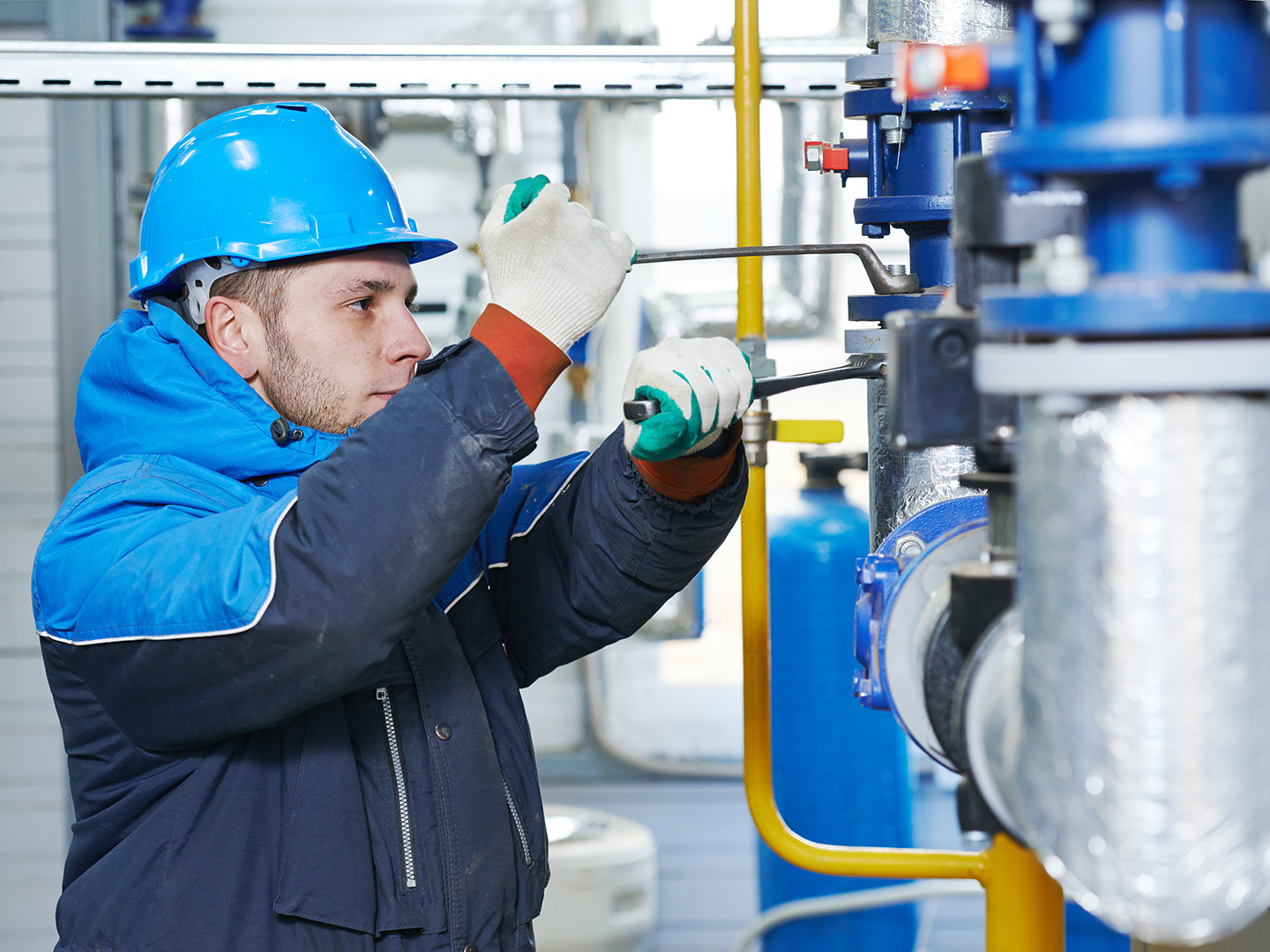What Does a Gas Installer Do? A Comprehensive Overview for Homeowners
What Does a Gas Installer Do? A Comprehensive Overview for Homeowners
Blog Article
Specialist Gas Installer Techniques for Seamless and Reliable System Combination
Exploring the intricacies of professional gas installation, one should value the accuracy and competence required for seamless system integration. These devices, incorporated with stringent adherence to safety standards, make sure thorough system screening and ideal performance.
Accuracy Planning
In the realm of gas installment, precision preparation is paramount to making sure both safety and effectiveness. The complexity of gas systems needs precise focus to information from the outset.

Coordinating with various other experts, such as architects and engineers, is essential to incorporating the gas installation flawlessly within the wider construction framework. This cooperation guarantees that all facets of the setup are integrated, minimizing threats and enhancing general efficiency. Accuracy planning in gas setup is not merely a step-by-step step; it is the structure upon which secure, reputable, and effective gas systems are developed.
Advanced Tools and Innovation
Building upon the structure of precision planning, the assimilation of sophisticated tools and modern technology boosts the requirements of gas setup further. Contemporary gas installers leverage advanced equipment that enhances precision and efficiency, ensuring smooth and trustworthy system combination. Instruments such as digital manometers offer specific stress analyses, vital for adjusting gas systems to optimum efficiency levels. Furthermore, thermal imaging cameras are used to detect leaks and make certain system integrity, helping with positive upkeep and decreasing the probability of functional disturbances.
The advent of clever modern technology has even more transformed gas installations. gas installer. Smart meters and IoT-enabled tools enable real-time monitoring and remote diagnostics, granting installers the capability to anticipate concerns prior to they materialize into larger problems. This proactive technique not just maximizes system performance but also expands the life-span of the installments
In addition, progressed software program options aid in precise planning and execution. CAD software aids in making intricate gas systems, making certain spatial efficiency and compliance with design requirements. These digital devices, when paired with skilled craftsmanship, contribute dramatically to the precision and reliability of gas installments, embodying the future of the sector where innovation and knowledge converge.
Safety And Security Criteria Conformity
Abiding by extensive safety and security standards is extremely important in the field of gas setup, where also minor oversights can have considerable effects. Compliance with well established safety and security protocols makes sure the defense of both installers and end-users, mitigating risks internet such as gas leakages, surges, or carbon monoxide gas poisoning. Professional gas installers need to continue to be alert, consistently updating their understanding of sector policies, consisting of neighborhood, national, and worldwide codes.
The core of safety criteria compliance depends on careful planning and execution. Installers are responsible for performing extensive threat assessments before beginning any job, identifying possible hazards and executing control procedures. This involves understanding the residential or commercial properties of different gases, the proper use products, and making certain all elements fulfill licensed safety standards.
Additionally, continuous education and learning and qualification are essential for maintaining high criteria. Installers need to participate in training programs and workshops, concentrating on existing safety and security technologies and governing modifications. Such dedication to expert advancement not only enhances their skillset yet additionally reinforces the industry's credibility for reliability and safety and security.

Effective System Testing
Efficient system testing is essential in making sure the optimal performance and security of gas installments. It includes a series of thorough treatments developed to determine possible problems and validate that the mounted systems run as intended. Secret facets include stress testing, leakage detection, and functionality evaluation. Stress screening validates the system's capability to preserve appropriate pressure without loss, thereby securing versus leakages. Making use of advanced devices and techniques, experts can accurately determine the system's ability to withstand functional demands.

Functionality evaluation encompasses the examination of all system parts to identify their right installation and operation. Reliable system screening not only guarantees security yet likewise improves customer self-confidence in the integrity of the installment.
Troubleshooting and Maintenance
Repairing and upkeep represent the backbone of maintaining gas installments' performance and security over time. A systematic technique to troubleshooting involves understanding system schematics and using analysis devices to separate troubles precisely.
Preventive maintenance is equally vital, concentrating on regular checks and servicing to expand the life expectancy of the gas system. Necessary tasks consist of cleaning up heaters, checking out vents for obstructions, and evaluating seals for wear. These practices help avoid expensive repairs and boost the system's reliability. Keeping extensive documents of upkeep activities is likewise vital, as it enables tracking historical information, which can be indispensable for future repairing sessions.
Additionally, staying upgraded with improvements in technology and industry regulations guarantees that maintenance methods are lined up with contemporary requirements. This aggressive stance not only ensures conformity but also enhances the performance of gas installments. As a result, a robust troubleshooting and maintenance useful site routine is crucial for professionals committed to supplying smooth and trusted system integration.
Final Thought
The combination of gas systems requires accuracy preparation, advanced devices, and stringent adherence to safety criteria. These detailed methods collectively promote seamless system integration, underscoring the value of knowledge and accuracy in preserving high criteria of safety and security and dependability.
Report this page